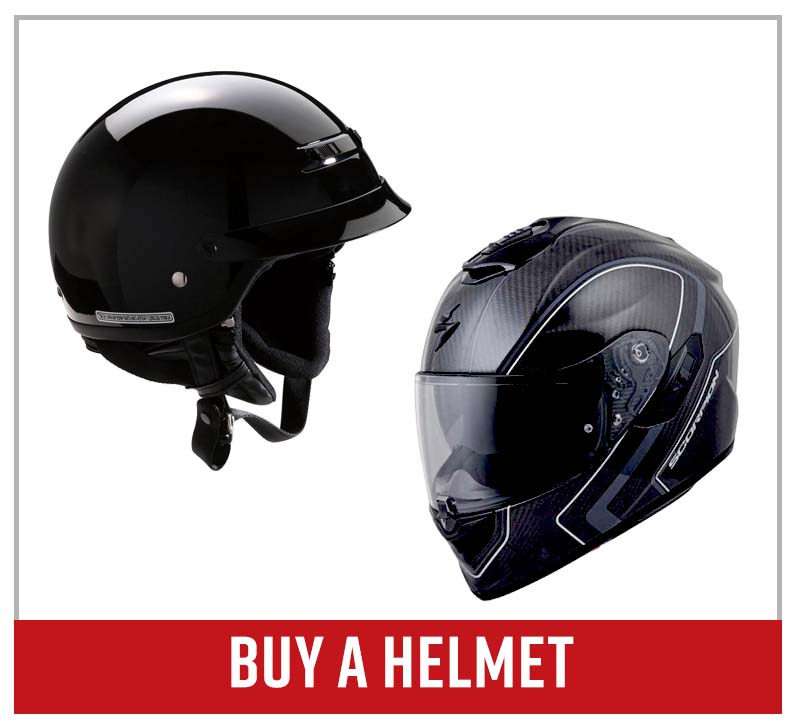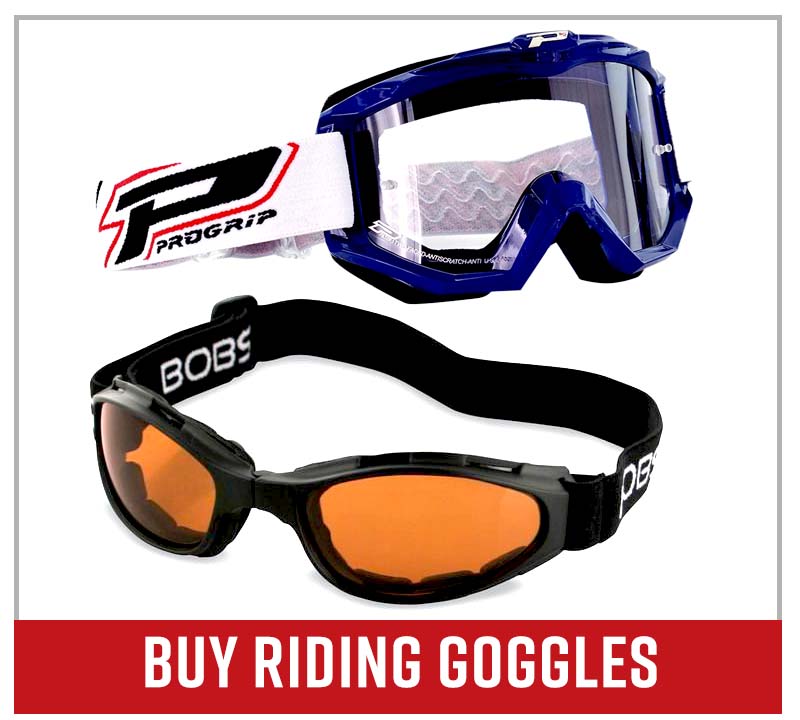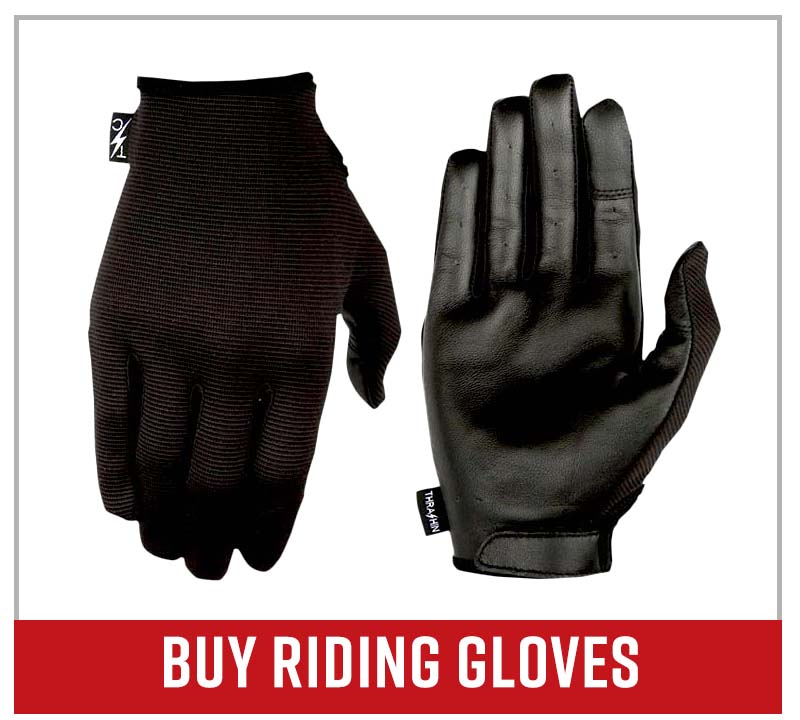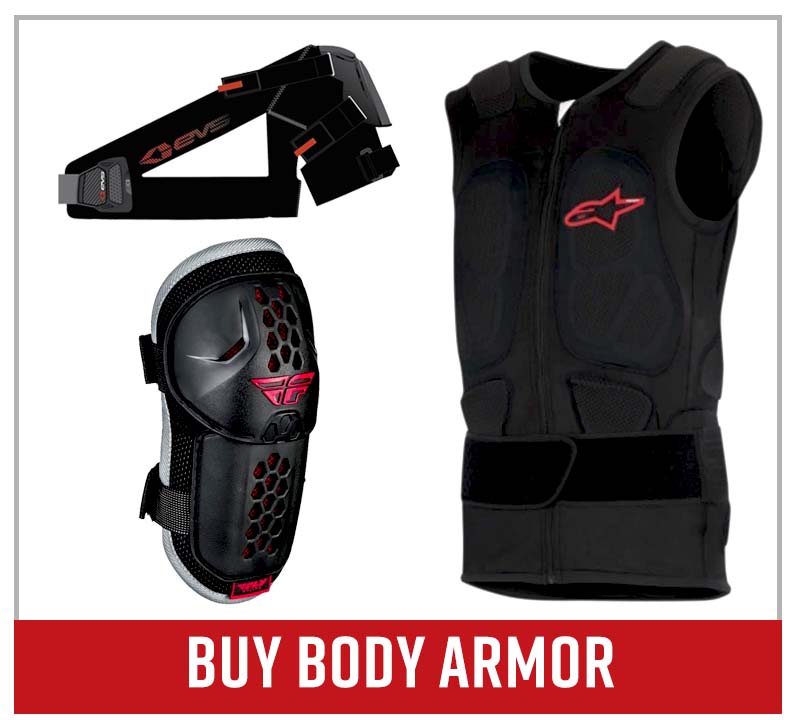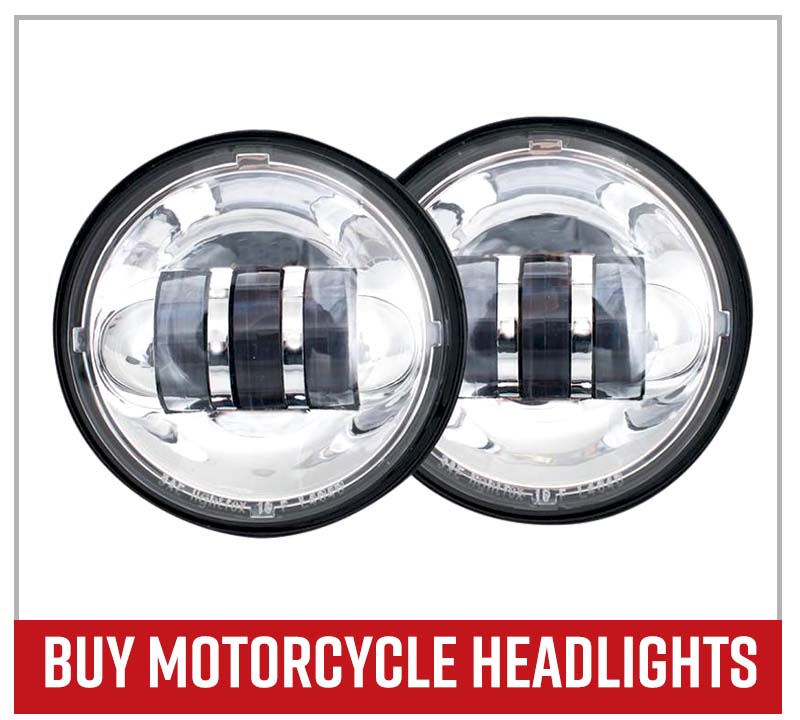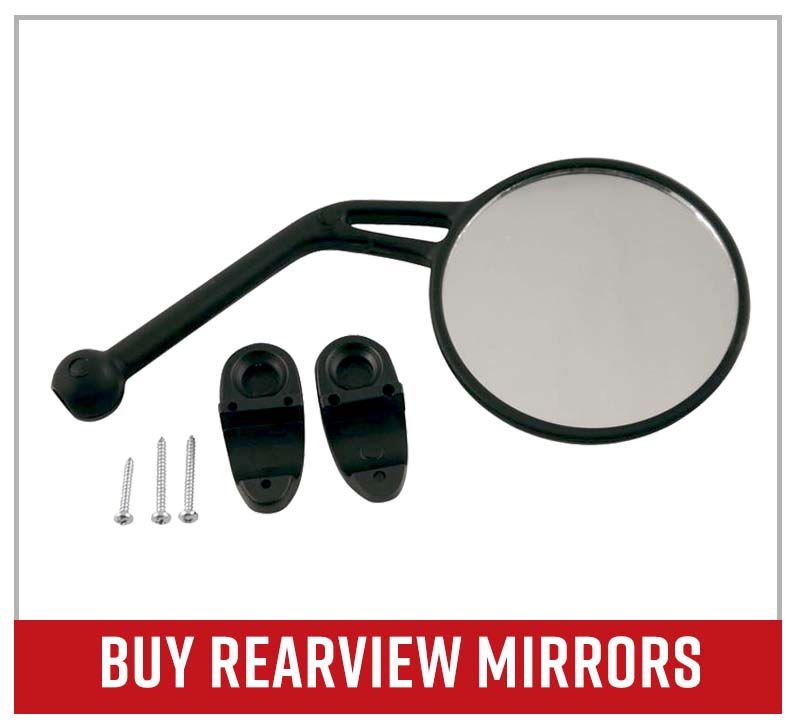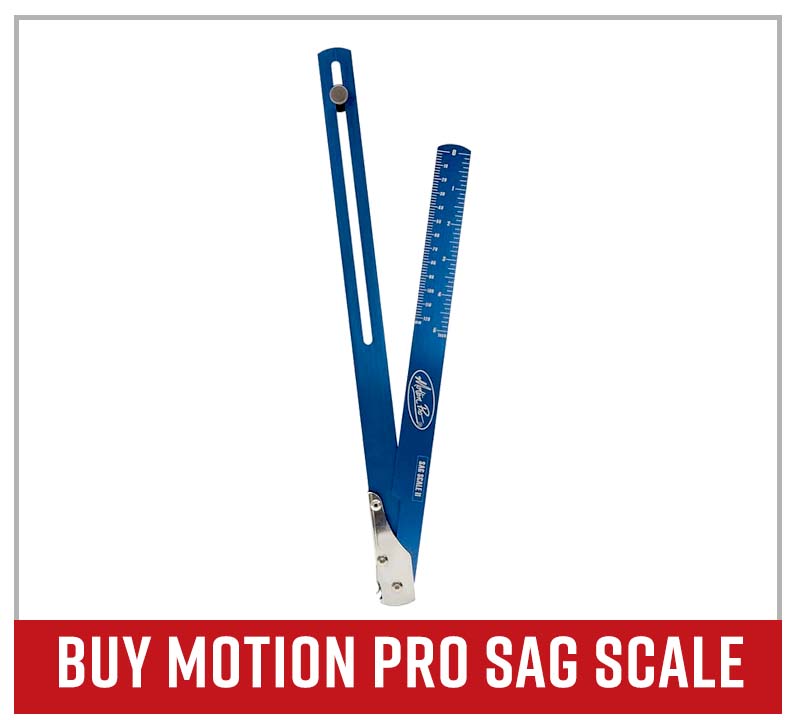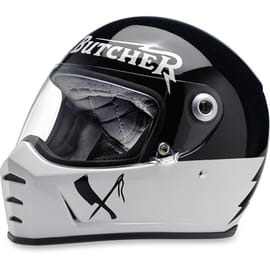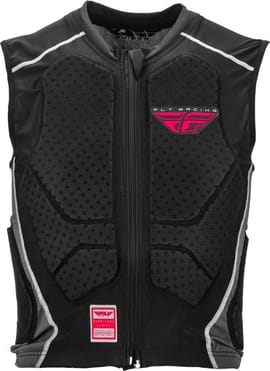10 Tips for Motorcycle Riding Safety
“Ride safe” and “don’t die” are two common things you might hear when you’re heading out for a motorcycle ride. We know the risks and dangers of riding a motorcycle, but we do it anyway because we love it.
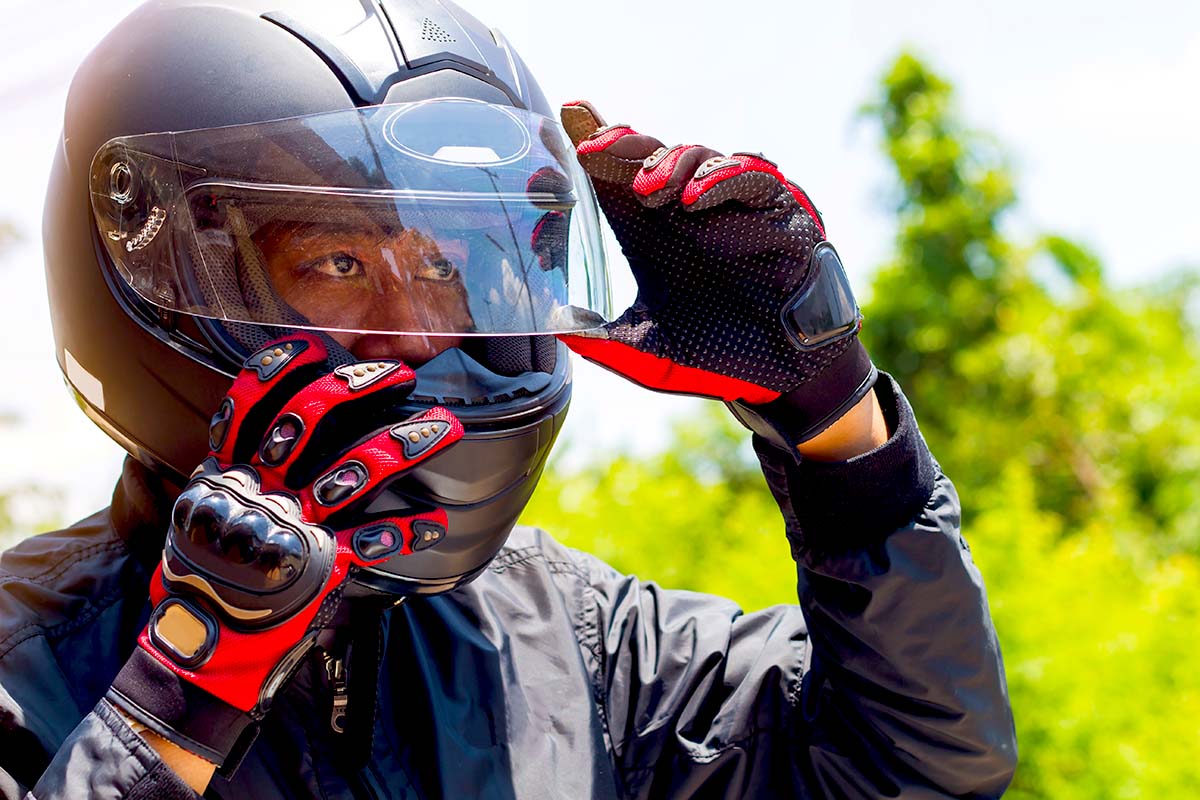
Safety always comes first when it comes to just about anything, but especially something as dangerous as motorcycle riding. With that in mind, here are 10 motorcycle safety tips.
1. Wear a Helmet
Wearing a helmet tops most if not all of the motorcycle safety tip “listicles” you’ll come across. Helmets protect your head, and you’re more likely to survive a crash with one on than without one. Having a helmet on during a crash reduces the amount of damage to your head and brain. And if you live in a state with lax or no helmet laws, check the stats on fatalities for riders wearing a helmet vs. not wearing one.
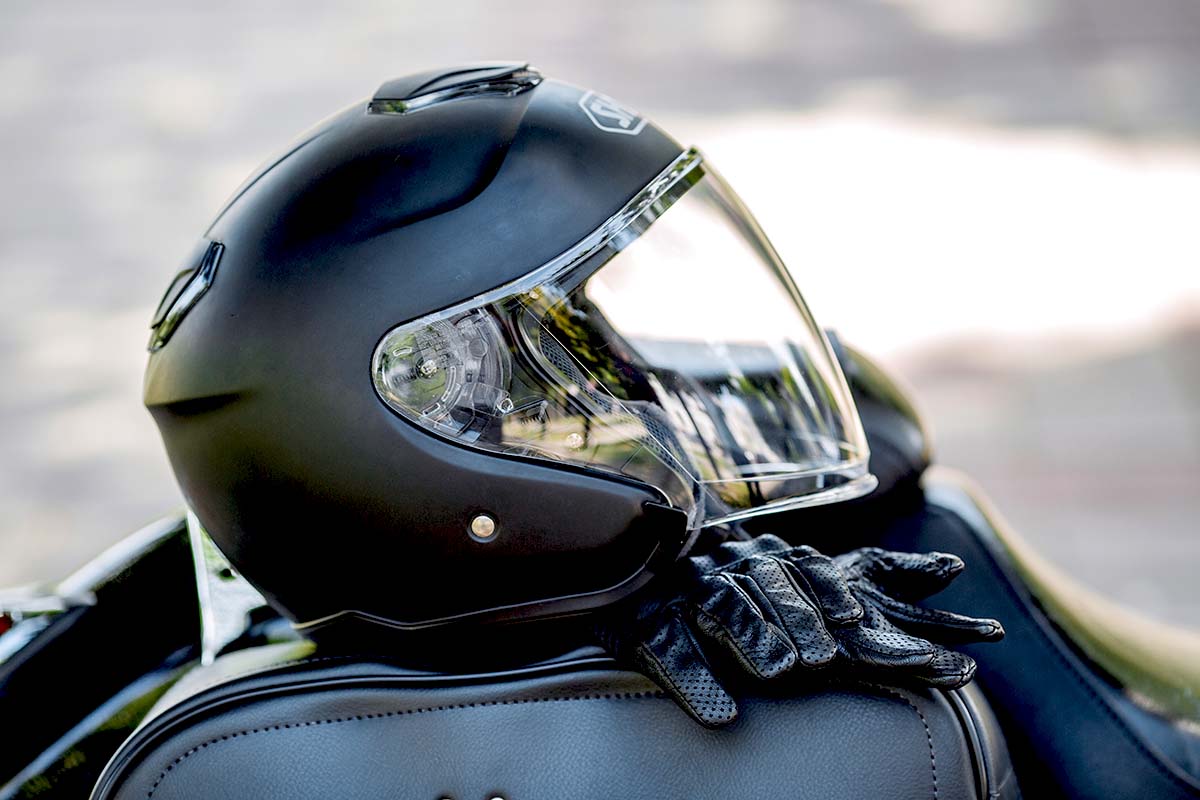
It doesn’t matter how short your ride or commute is, you’ll ride safer with a helmet on, period. Wearing a full-face helmet is always recommended. Even if an open-face helmet is more your style and doesn't feel as hot, you leave your face exposed to injury. If you must go with an open-faced or half helmet, at least wear glasses or goggles to protect your eyes.
2. Gear Up
Of course there’s more riding gear you should wear for motorcycle safety beyond helmets. The reason an acronym like ATGATT exists is because it works. All the gear all the time includes wearing armored or reinforced jackets and shorts, gloves, suits, motorcycle boots, etc. to protect you at any speed. And while looking cool in just a t-shirt, jeans and boots might be how you roll, you leave yourself exposed to all kinds of injuries, including but not limited to road rash. Even if you don't want to spend money on protective motorcycle safety gear because it cramps your style, ATTGATT costs less than what the ER and future complications from riding injuries will cost you in the long run.
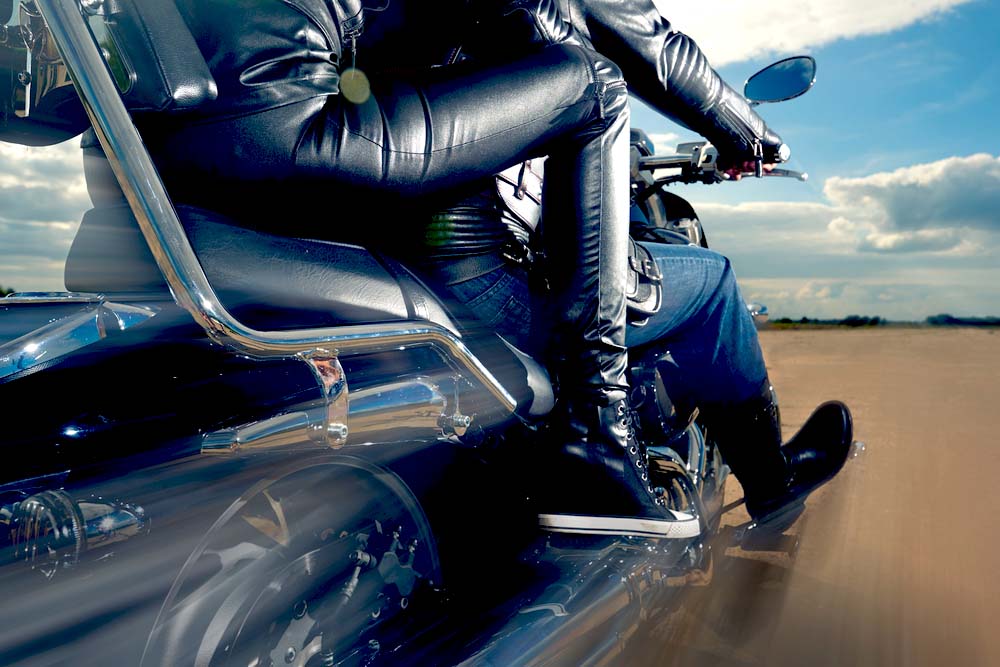
At the bare minimum, wear pants and boots that go over the ankle. and a long sleeve jacket with pads, plus gloves and a solid helmet. Don’t be the “squid” beach biker who rides a motorcycle in flip-flops and a tank-top. Dress in layers to adjust to any changing weather throughout the day. And while this might not be considered “gear”, keep a basic first-aid kit on your motorcycle that includes disinfecting wipes, bandages, hand sanitizer, gauze and adhesive tape.
3. Stay Sober
No motorcycle safety tips list is complete without this entry. Alcohol and motorcycles don’t mix, period. It’s common knowledge that riding a motorcycle under the influence of alcohol is a major contributor to countless accidents, yet people still keep doing it. Safe motorcycle riding requires the highest level of sensory awareness, and there’s no room for error, impaired judgement or delayed response times that alcohol impairs. The more alcohol you consume, the higher your chances of a fatal crash.
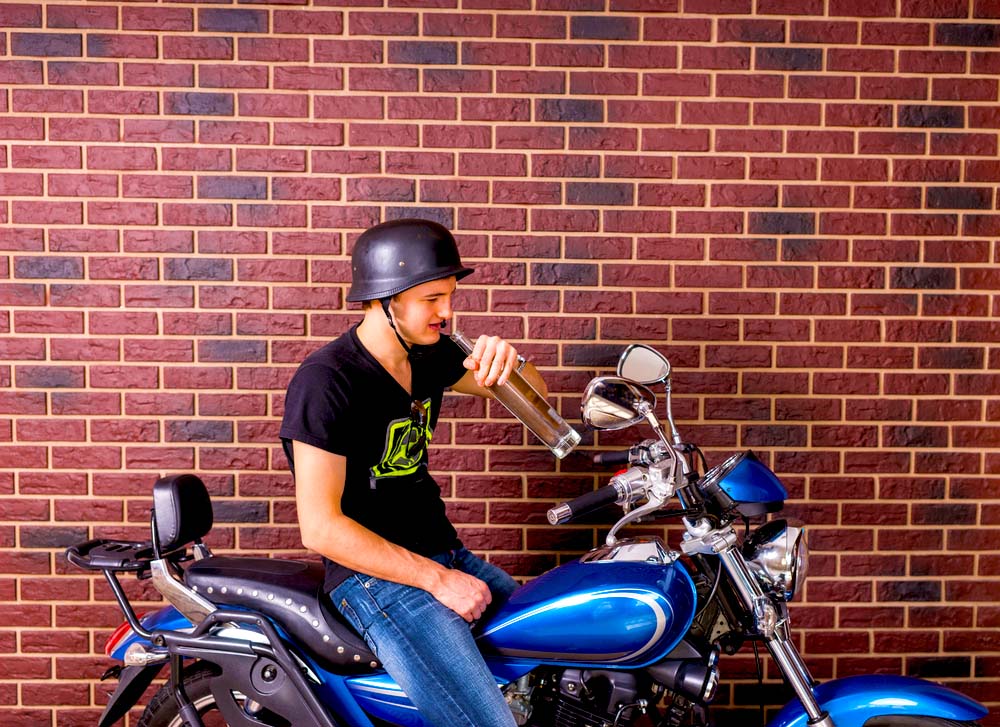
Even if you don’t feel drunk, mixing alcohol with motorcycle riding is poor and potentially fatal judgement. Never ride while you’re intoxicated. And if you get on the bike because you felt fine, but then start feeling impaired while riding, pull over, eat something and rest before riding again. Or better yet, call up a rideshare service or a friend with a truck that can transport you and your motorcycle home.
4. Mind Your Surroundings
Pay attention not just to the road you’re riding on, but everything on and around it. That includes pot holes, puddles and especially cars. Be cognizant of the traffic for the time of day and type of road you’re going to be on. During rush hour, for example, motorists are likely to be tired from work and distracted. And let’s not forget the dumbasses that check their phones without watching the road. Not everybody knows how to drive safely around motorcyclists, not to mention the [expletive] tailgaters more concerned with speeding than with your safety. Also, don’t be the [expletive] tailgater yourself. Leave plenty of room between you and the vehicles in front of and behind you.
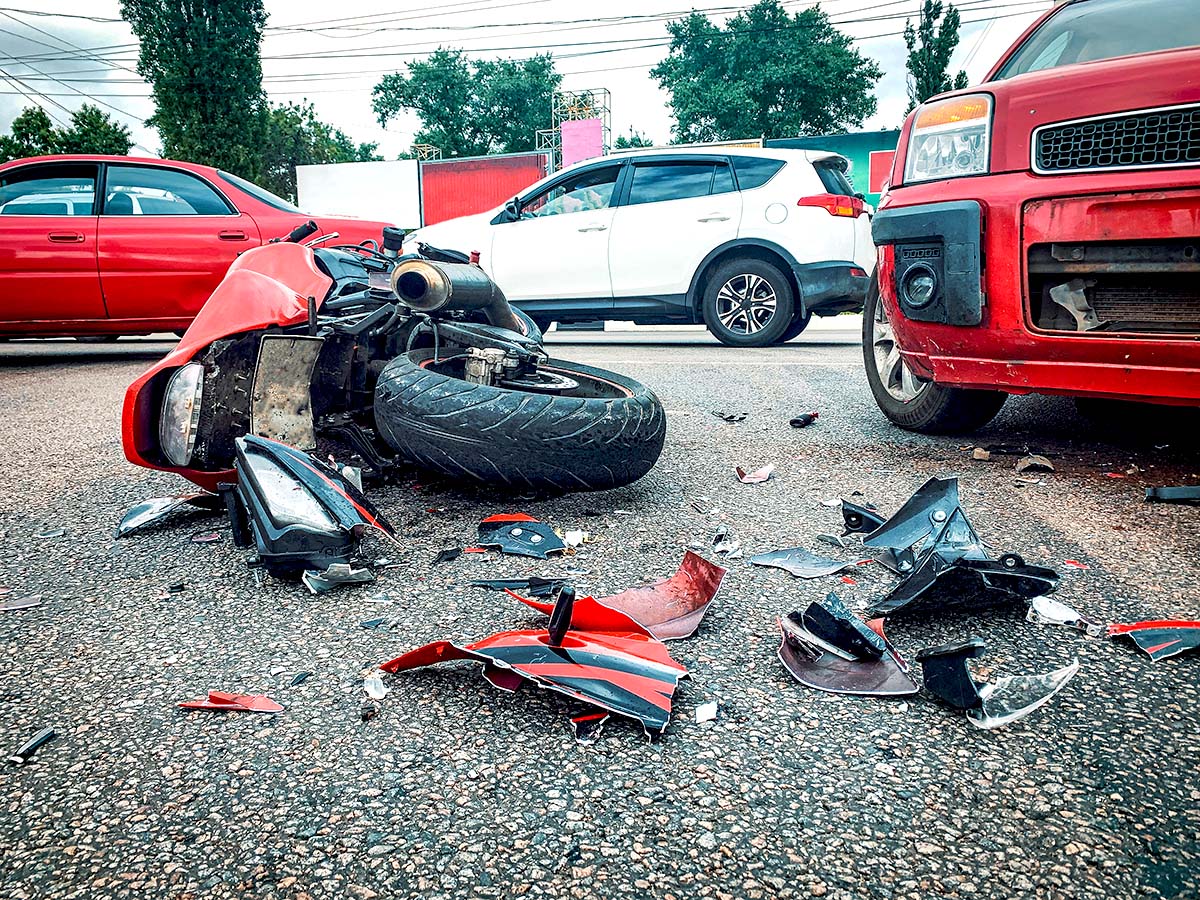
Use your mirrors, and keep your head and eyes up at all times. Also, turn and look over your shoulder before you change lanes to make sure you’re clear. Stay far away enough from the vehicle in front of you to allow you to stop quickly, and be aware of zones you can use to maneuver out of harm’s way. Always obey traffic laws and use your signals. Watch for road hazards such as speed bumps and oil slicks, and drive defensively. Know your abilities and be familiar with your route. And if you’re riding your motorcycle with a group, ride at your own comfort level, not theirs.
5. Check the Weather
We can’t stress this enough: check the weather before you ride. There are countless apps and websites you can do this with. Whether it’s rain, fog, wind, ice or snow, bad weather can compromise your riding safety. Driving in these types of conditions is especially dangerous for bikers due to less traction and lower visibility. Got bad weather? Then live to ride another day by staying off the roads.
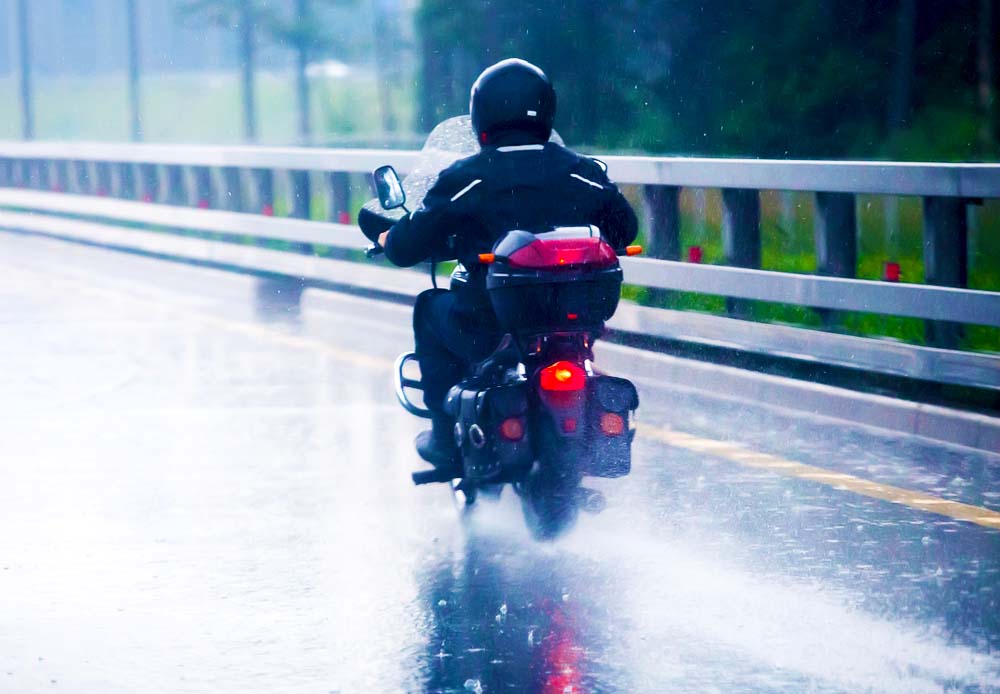
Weather can be unpredictable and change abruptly, so re-plan and reroute if needed. Check the forecast frequently and proceed accordingly. If you can anticipate bad weather, you can make safe decisions. Cancel a date or a camping trip if you need to. It’s worth it for your safety and your life. Lack of visibility due to something like fog or rain is a rider’s worst nightmare, so make sure your motorcycle’s lights all work before you ride. Speaking of lack of visibility …
6. Increase Your Motorcycle's Visibility
Never assume you’re visible to other drivers. Countless motorcycle accidents happen because other drivers didn’t see the rider. “I didn’t even see him/her” is the most common phrase a driver says after a collision with a motorcyclist. Because of a motorcyclist’s narrow presence, it’s easy to end up in a car’s blind spot.
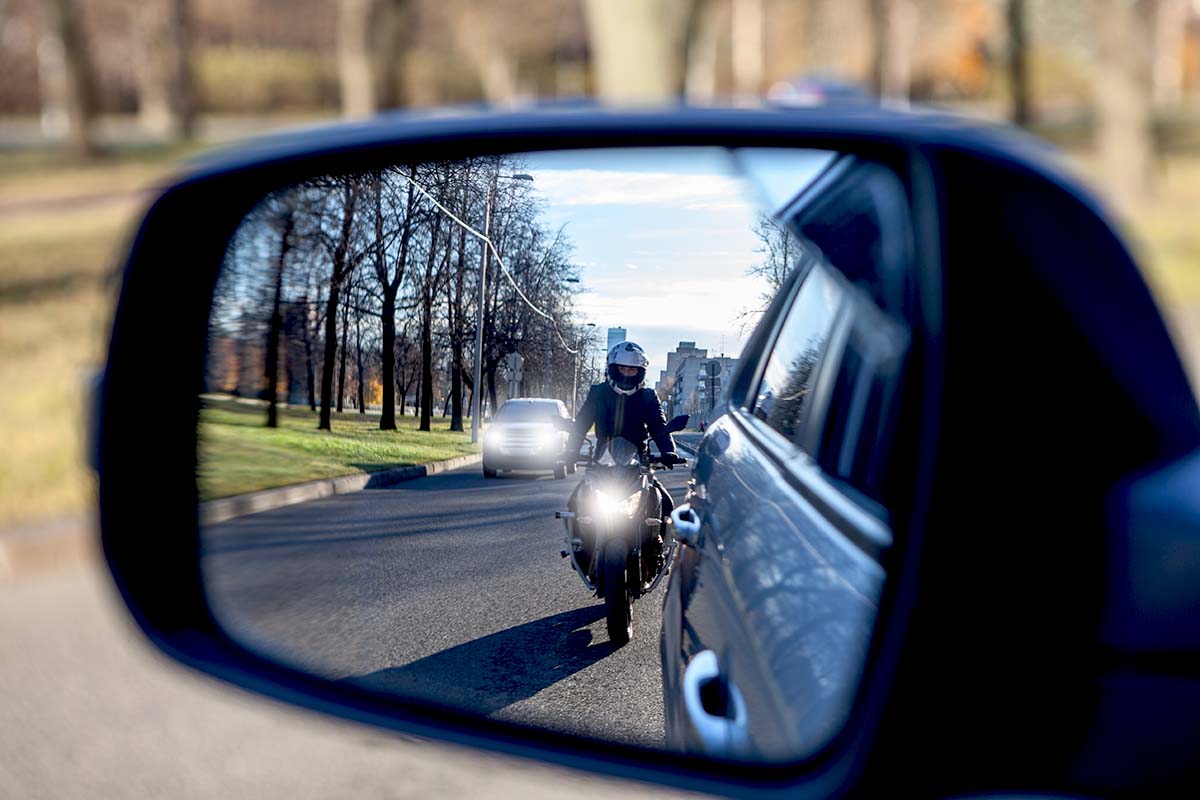
Aside from avoiding blind spots, keep your bike’s headlights on even during the day. Also, wear bright, reflective gear, and always use turn signals and hand signals. As mentioned earlier, always be aware of your surroundings and ride defensively. Assume that nobody can see you, and do your best to predict other drivers’ behavior. Think fast, check your mirrors and again, use your motorcycle's lights.
7. Do a Pre-Ride Inspection
Yeah, we get it, you’re anxious to get on your bike and ride, but don’t forget to inspect your motorcycle first. Do a pre-ride check, which only takes a handful of minutes and is more than worth it for your safety. Check to make sure all lights and signals work. Next, inspect the brakes, and check the fuel, oil, tire pressure, mirrors, handlebars and horn. Doing a pre-ride inspection reduces the chances of running into unexpected problems. Give the bike a good once-over by walking around it and checking for leaks, loose parts and other potential hazards.
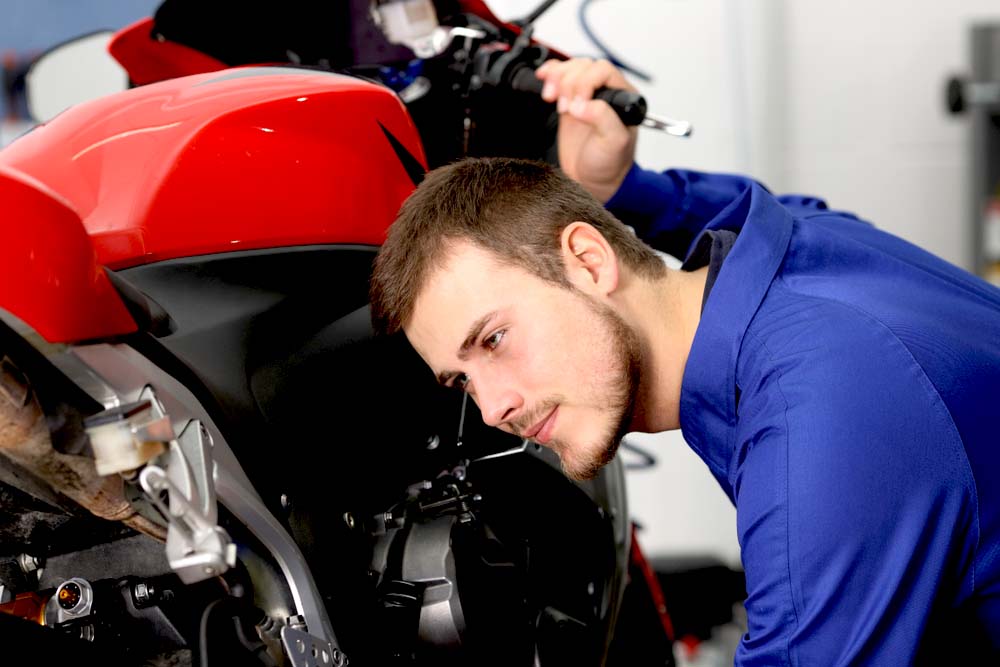
Sit on the bike and make sure it feels comfortable, and that something as simple as the chain slack or bike sag is correct. If something feels off, make adjustments. Check the clutch and brake levers to make sure they have the right amount of resistance, and don’t ride until they do. If the brakes feel worn, fix them before you ride.
8. Get Some Rest
As already mentioned, motorcycle riding requires heightened awareness and concentration. How can you do that if you’re tired? Before you ride, make sure you’ve had a good night’s sleep. Falling asleep at the wheel is no joke, especially on a motorcycle, and you’re putting yourself and potentially others in danger if you’re drowsy and unfocused. Even when you’re well rested, you may get tired during a motorcycle ride, so take breaks, stay hydrated, take a nap if you need one and of course, don’t drink and drive.
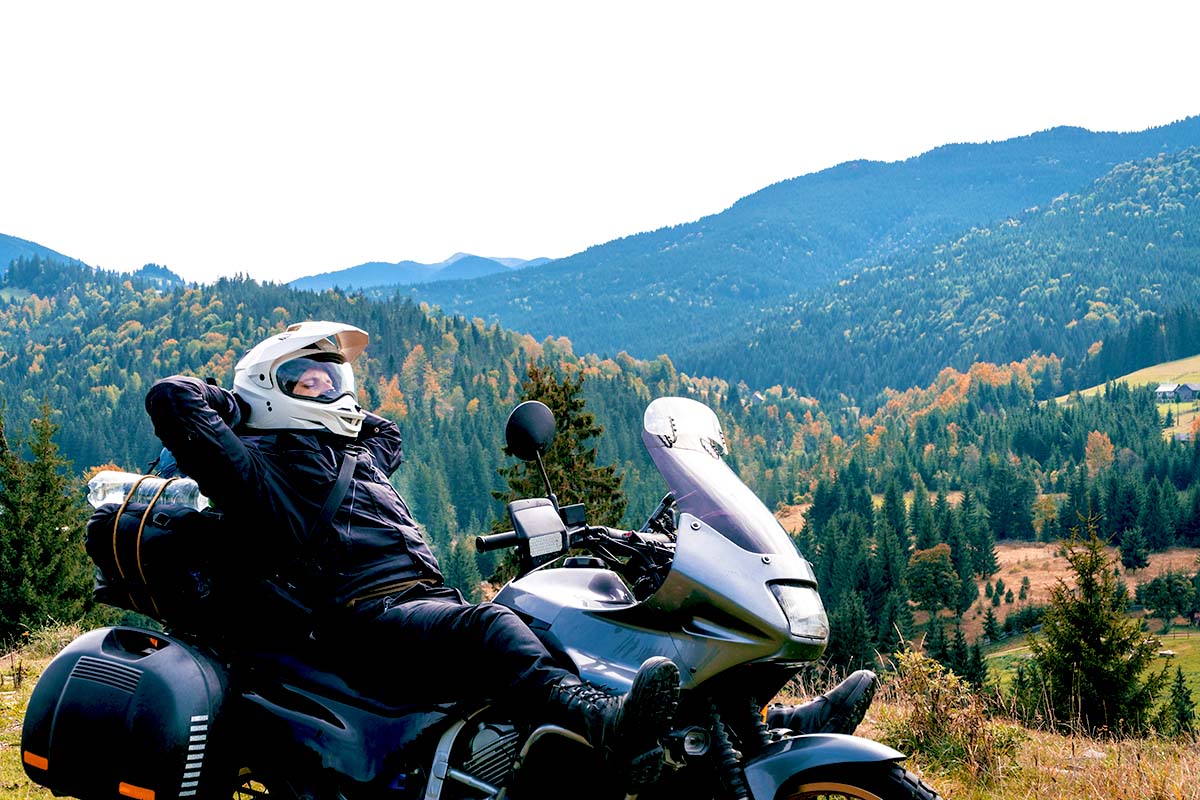
9. Ensure Passenger Safety
Having a friend or significant other riding with you is great, but you need to make sure you’re comfortable riding with a passenger. Also, make sure your passenger knows how to do their part to ensure a safe ride, and is wearing their own motorcycle safety gear. Your passenger also needs to know hand signals and what to do when you turn corners or need to stop. Before taking on a passenger, take a test run together in a safe, open area like an empty parking lot.
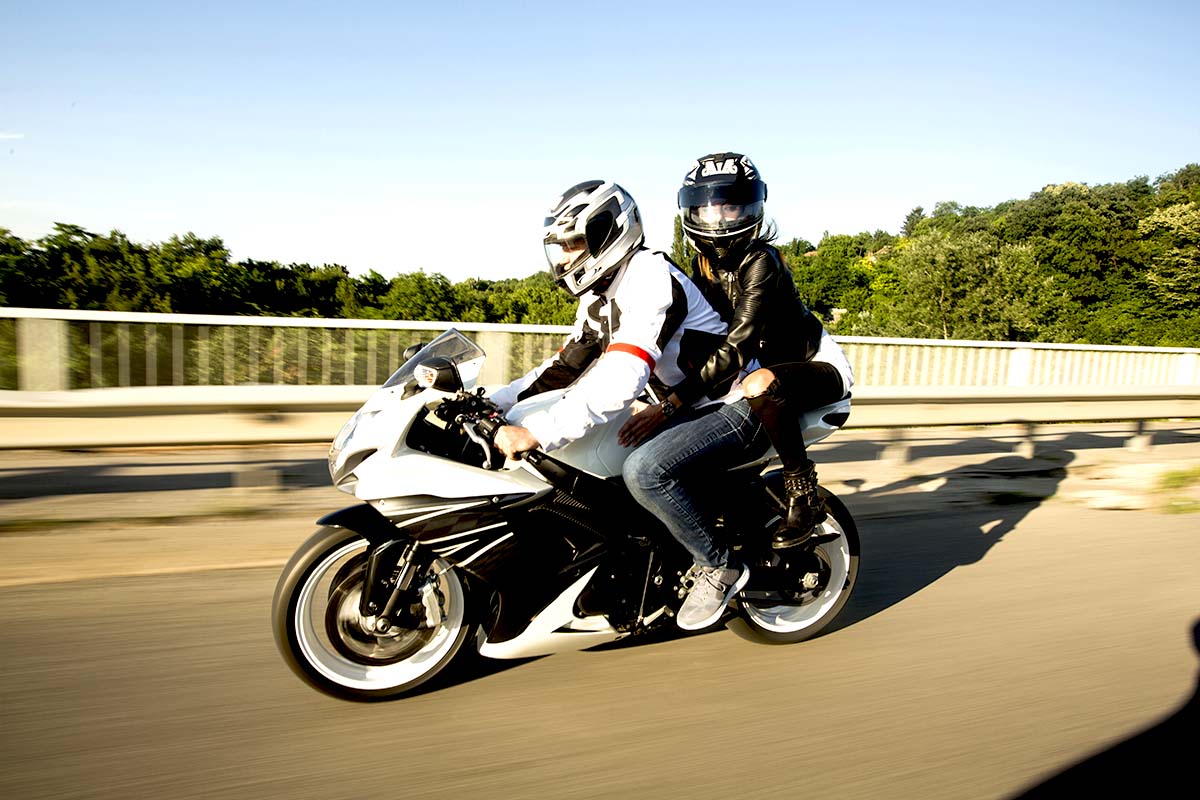
10. Get Motorcycle Rider Training
Rider education should be ongoing, not just one-and-done. Motorcycle safety courses teach you things like riding rules, collision prevention maneuvers, advanced turning, and control and braking techniques. A motorcycle rider education course also helps you practice good judgment, and covers most if not all of what we covered on this list.

A lack of education, especially from newbie motorcycle riders, is a recipe for disaster. But even motorcyclists who consider themselves seasoned pros should still continue their education. Rider education courses such as the one given by the Motorcycle Safety Foundation are worth the price of admission in exchange for becoming (and remaining) a safe and responsible rider.
